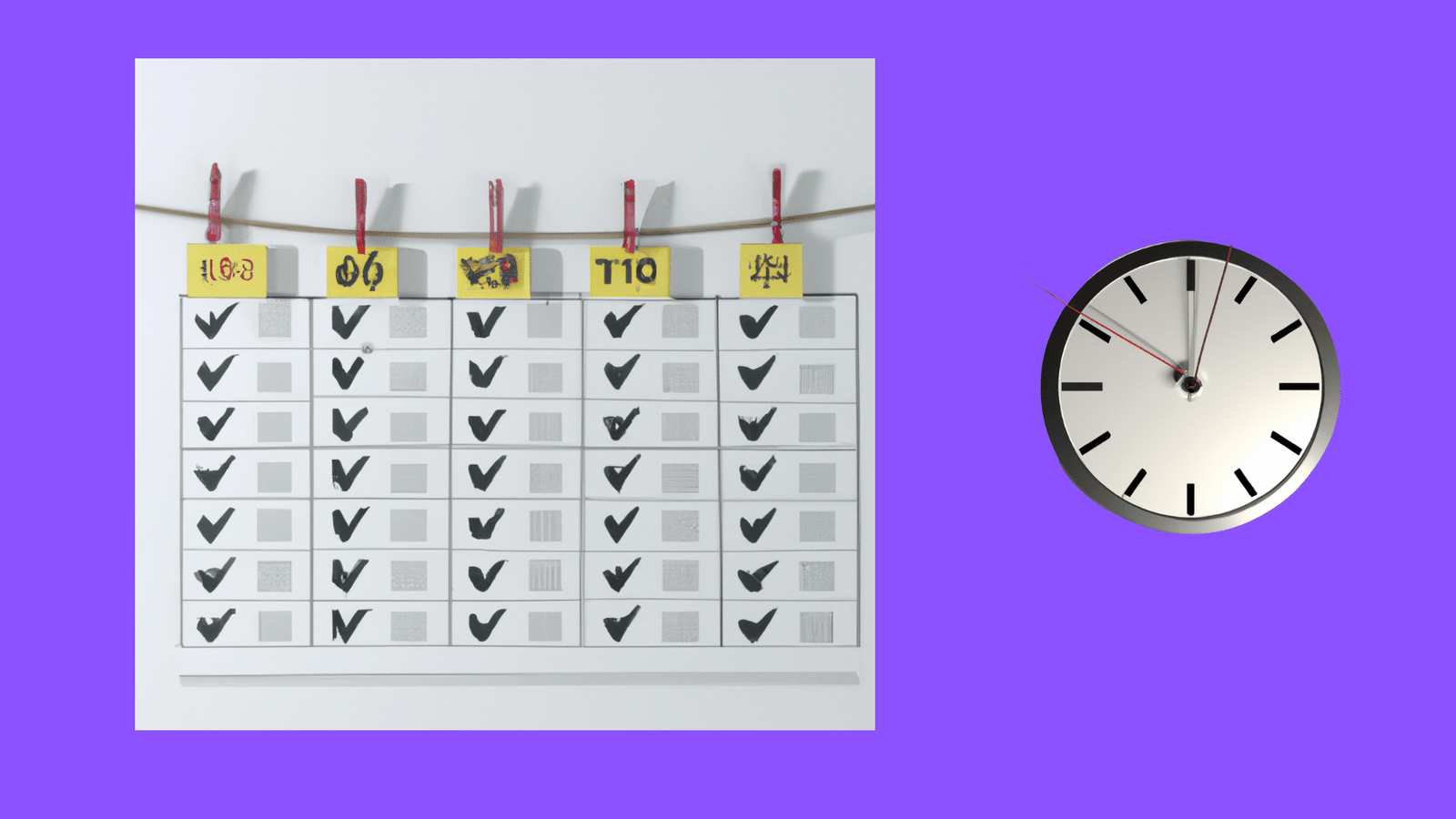Financial Freedom
Financial freedom is a state wherein an individual has sufficient personal wealth to live without having to actively work for basic necessities. This concept extends beyond merely accumulating wealth; it encompasses achieving a level of financial independence that allows one to manage living expenses without the continuous pressure of a paycheck. The foundation of financial freedom lies in understanding key principles such as budgeting, saving, investing, and debt management.
One of the core principles of financial independence is the capacity to cover essential living expenses through passive income or savings. This ability not only alleviates the anxiety associated with financial instability but also provides the freedom to make choices that enhance overall well-being. Whether one opts to pursue personal passions, volunteer in the community, or spend more time with family, financial freedom offers the flexibility to prioritize these aspects of life without the constraint of a rigid work schedule.
Another critical component is effective debt management. A secure financial foundation involves minimizing or eliminating high-interest debts that can hinder one’s progress toward independence. Learning to navigate debts through appropriate strategies—like consolidation or creating a repayment plan—can significantly enhance an individual’s financial health. A well-structured approach to managing liabilities is essential for achieving long-term prosperity, allowing one to focus on building wealth rather than merely paying off existing debts.
Furthermore, achieving financial freedom instills a sense of peace of mind. Knowing that one has a secure financial footing can dramatically improve mental health and overall satisfaction in life. This security can serve as a powerful motivator for individuals to engage in riskier endeavors, such as starting a business or pursuing further education, ultimately leading to greater personal fulfillment.
The Benefits of Financial Freedom
Achieving financial freedom comes with a myriad of advantages that can significantly improve one’s quality of life. One of the most notable benefits is the reduction of stress and anxiety typically associated with financial instability. When individuals have their financial needs met, they can focus on personal growth and well-being rather than worrying about how to make ends meet. This newfound peace of mind allows for a more balanced and fulfilling life.
Furthermore, financial freedom empowers individuals to make choices that reflect their personal values rather than those dictated by financial necessity. For instance, one might choose to pursue a career that aligns with their passions or volunteer time for charitable causes without the constraint of needing a higher paycheck. This alignment between work and personal values can enhance job satisfaction and overall happiness.
Additionally, financial independence opens up a world of opportunities for travel and leisure. Individuals no longer feel bound to their daily routines, which allows for spontaneous trips, extended vacations, or even relocating to new and enriching environments. The freedom to explore various cultures and experiences fosters personal growth, broadening perspectives and enhancing life experiences.
Moreover, when financial burdens are alleviated, individuals can invest more time in their personal passions or charitable endeavors. Whether it is honing a skill, pursuing a hobby, or giving back to the community, the ability to direct time and resources towards meaningful activities cultivates a sense of purpose and fulfillment. It can lead to a more enriching and rewarding life as individuals engage in what truly matters to them.
Setting Clear Financial Goals
Establishing clear financial goals is fundamental for achieving long-term financial freedom. Utilizing the SMART criteria—specific, measurable, achievable, relevant, and time-bound—can significantly enhance the process by providing a structured framework. A specific goal addresses what exactly you wish to achieve. For instance, rather than stating, “I want to save money,” it is more effective to declare, “I aim to save $20,000 for a down payment on a home.” This specificity directs focus and increases motivation.
Measurable goals, such as saving a certain amount each month, allow individuals to track their progress. For example, if your objective is to save $20,000 within four years, you would need to save approximately $416 each month. This measure ensures consistent progress towards your financial aspirations. Achievable goals are realistic given your current circumstances. Goals that are overly ambitious can lead to frustration, while well-aligned achievable goals foster encouragement and reinforcement.
Relevance pertains to the necessity of the goal within your broader financial context. Each of your financial goals should contribute to your overall vision of financial independence. For instance, if funding a child’s education is paramount, it is critical to prioritize this objective in your financial planning. Additionally, time-bound goals create urgency and establish deadlines, which can boost motivation. A time frame can be as straightforward as “I will reach my $20,000 goal by December 2027.”
Lastly, it is imperative to regularly reassess these financial goals, as life circumstances, economic conditions, and personal desires may change over time. By revisiting your objectives periodically, you can adapt to these changes, ensuring that your financial planning remains aligned with your aspirations. Commitment to this process significantly enhances your chances for successful financial management, leading you one step closer to achieving financial freedom.
Creating a Personal Budget
Creating a personal budget is a foundational step toward achieving financial freedom. It requires a comprehensive understanding of one’s income, expenses, and financial goals. A well-structured budget not only helps individuals track their spending habits but also empowers them to make informed decisions about their finances. To begin, one must first list all sources of income, including wages, side hustles, and any passive income streams. This allows for a clear picture of available funds each month.
Next, it is essential to categorize expenses into fixed and variable costs. Fixed expenses include rent or mortgage payments, utilities, and insurance premiums, while variable expenses involve groceries, entertainment, and discretionary spending. Using budgeting methods such as the 50/30/20 rule can simplify this process: allocate 50% of income to needs, 30% to wants, and 20% to savings and debt repayment. This method encourages a balanced approach to managing finances.
Tracking income and expenses is crucial for accountability and enables individuals to identify areas where they can cut back. Utilizing budgeting tools or apps can facilitate this process, allowing for real-time updates and insights into spending patterns. Furthermore, setting financial milestones, such as saving for an emergency fund or planning for a major purchase, can provide motivation and direction.
To prioritize savings and investments, it is advisable to implement strategies that reduce unnecessary spending. This may involve reevaluating subscriptions, meal planning to avoid excess grocery costs, and seeking alternatives for entertainment. By focusing on essential expenditures and maximizing savings, individuals can allocate more funds toward investment opportunities that align with their long-term financial goals. This deliberate approach transforms one’s financial landscape, paving the way towards ultimate financial freedom.
Building Multiple Income Streams
Achieving financial independence often requires a strategic approach to generating revenue. One of the most effective strategies is to build multiple income streams. Diversifying your income sources not only boosts overall earnings but also creates a safety net during uncertain economic times. By relying on multiple avenues for income, you can mitigate the risk posed by losing a primary source of revenue, thereby achieving greater financial stability.
One popular approach to generating additional income is through side hustles. These can range from part-time jobs in your field of expertise to niche opportunities like pet sitting or selling handmade crafts online. Side hustles allow individuals to leverage their existing skills and interests for profit, providing a flexible means to augment their main income.
Another avenue is freelance work, which continues to grow in popularity. Professionals can offer their services on a freelance basis, providing expert assistance in writing, graphic design, consulting, and more. This not only allows individuals to earn more but also fosters personal and professional growth by expanding their networks and skill sets.
Passive income strategies are also crucial when building a robust financial portfolio. Options like rental properties, dividend-paying stocks, or creating digital products that can be sold with minimal ongoing effort can help establish effortless revenue streams. By investing time and resources into avenues that yield passive income, individuals can attain a balance between earning and leisure.
Lastly, consider traditional investment opportunities. Regular contributions to retirement accounts, stocks, or mutual funds can set the foundation for wealth accumulation over time. Each of these methods can contribute to a diversified financial strategy, reinforcing the path toward financial freedom.
Investing for Wealth Creation
Investing is a crucial component of wealth creation, and understanding the various investment vehicles available can significantly influence one’s financial future. Among the most common investment options are stocks, bonds, real estate, and retirement accounts. Each of these vehicles offers distinct advantages and risks, and selecting the right combination can contribute to substantial wealth accumulation over time.
Stocks represent ownership in a company and have the potential for high returns, though they are also inherently volatile. Investors can choose individual stocks or invest in exchange-traded funds (ETFs) and mutual funds, which allow for diversification across many companies. Bonds, on the other hand, are considered safer investments, providing fixed interest payments over time and returning the principal amount at maturity. They can serve as a stable income source and are particularly attractive to conservative investors looking for lower risk in their portfolios.
Real estate has also proven to be a viable avenue for wealth generation. Investing in rental properties or real estate investment trusts (REITs) can yield strong returns, particularly in growing markets. This investment option often provides a hedge against inflation, as property values and rents typically rise over time. Additionally, contributing to retirement accounts, such as 401(k)s or IRAs, not only encourages disciplined saving but also allows investments to grow tax-deferred or tax-free, depending on the account type.
Regardless of the chosen investment vehicles, the principles of risk management play a crucial role in wealth creation. Diversifying across asset classes can help mitigate potential losses while still providing opportunities for growth. Finally, taking a long-term outlook is essential; markets fluctuate, but history shows that patience and discipline often yield the best returns. By understanding these investment strategies, individuals can work toward achieving financial freedom and the ability to live life on their own terms.
Managing Debt Effectively
Debt management is a crucial aspect of achieving financial freedom and creating wealth. Understanding the distinctions between good and bad debt is the first step toward effective debt management. Good debt typically refers to loans that contribute positively to one’s financial status, such as mortgages and student loans. These types of debt can facilitate investments in future assets or education, often leading to financial growth. On the other hand, bad debt encompasses high-interest obligations, such as credit card debt and personal loans used for non-essential purchases. Minimizing reliance on bad debt is essential for maintaining a healthy financial profile.
To efficiently pay off debt, various strategies can be employed. The avalanche method, which involves prioritizing debts with the highest interest rates, can save money in the long run. Conversely, the snowball method focuses on paying off the smallest debts first, providing satisfaction and motivation as debts are eliminated. Whichever method you choose, developing a consistent repayment plan is essential for reducing the total debt burden over time. Regularly reviewing your budget and adjusting it to allocate more funds toward debt repayment can also be beneficial.
Maintaining a healthy credit score is another important aspect of managing debt effectively. Your credit score reflects your creditworthiness and influences your ability to secure loans at favorable interest rates. Avoiding late payments, keeping credit utilization low, and regularly monitoring your credit report can help you sustain a positive score. Furthermore, as your income increases, it is critical to resist lifestyle inflation, which can lead to unnecessary debt accumulation. Striving for a balanced approach to spending and saving ensures that increases in income contribute to wealth-building rather than spiraling into new debt.
The Role of Financial Education
Achieving financial freedom is largely dependent on one’s understanding of financial principles and the ability to apply that knowledge in real-life scenarios. Financial education empowers individuals with the skills necessary to make informed decisions regarding their money, investments, and overall financial strategy. It is essential to recognize that financial literacy is not merely a set of theoretical concepts but a crucial toolkit that can lead to financial well-being and independence.
Accessing reliable financial education resources is fundamental for anyone aiming to enhance their financial literacy. Online platforms, reputable books, and financial workshops can offer valuable insights into various topics such as budgeting, investing, and managing debt. Many institutions and organizations provide free courses, which could be a great option for those who may find paid resources prohibitive. Additionally, understanding fundamental economic principles can significantly assist individuals in making more informed financial choices. Knowledge of inflation, interest rates, and market dynamics can offer valuable context when navigating through complex financial landscapes.
Furthermore, staying informed about current financial news is critical in today’s rapidly changing economic environment. Frequent updates on market trends, policy changes, and financial innovations can influence individual investment decisions and overall financial strategies. Knowledge gained from reputable news sources can illuminate potential risks and opportunities, enabling individuals to respond proactively rather than reactively to financial challenges.
Incorporating these elements of financial education into daily life cultivates a mindset conducive to achieving financial success. Ultimately, a commitment to continuous learning and staying informed can significantly impact an individual’s journey toward financial freedom, making financial literacy an indispensable component of personal wealth creation.
Living on Your Own Terms
Achieving financial freedom is a transformative milestone that enables individuals to live according to their own values and aspirations. Financial independence plays a crucial role in fostering personal growth, as it allows people the opportunity to pursue their passions without being constrained by financial limitations. This autonomy empowers individuals to make choices aligned with their interests and goals, rather than being driven solely by the necessity of income generation.
Moreover, once financial freedom is achieved, individuals can explore diverse career paths that resonate with their personal and professional ambitions. Traditionally, many might feel compelled to accept jobs primarily based on financial necessity. However, financial independence creates a landscape in which one can choose careers that offer fulfillment and satisfaction. This freedom can lead to increased job engagement, higher productivity, and most importantly, the chance to carve out a vocation that aligns closely with one’s values.
The concept of living on your own terms also extends into achieving a balanced work-life structure. With financial security, individuals can prioritize their health and personal relationships, creating an environment that supports both physical well-being and emotional satisfaction. This could mean choosing to work fewer hours, engaging in leisure activities, or dedicating time to family and friends, thereby nurturing a holistic lifestyle. The absence of financial strain allows for a thoughtful allocation of time and energy, ensuring that all aspects of life receive the attention they deserve.
In essence, financial independence paves the way for empowered decision-making. When individuals are not hindered by financial constraints, they can make choices that reflect their authentic selves. This freedom manifests itself in many facets of life, creating avenues for new experiences and enriching personal adventures. Ultimately, living on one’s own terms is not merely about financial wealth; it encapsulates a broader spectrum of life satisfaction and fulfillment, emphasizing the essential role of autonomy in achieving true happiness.









